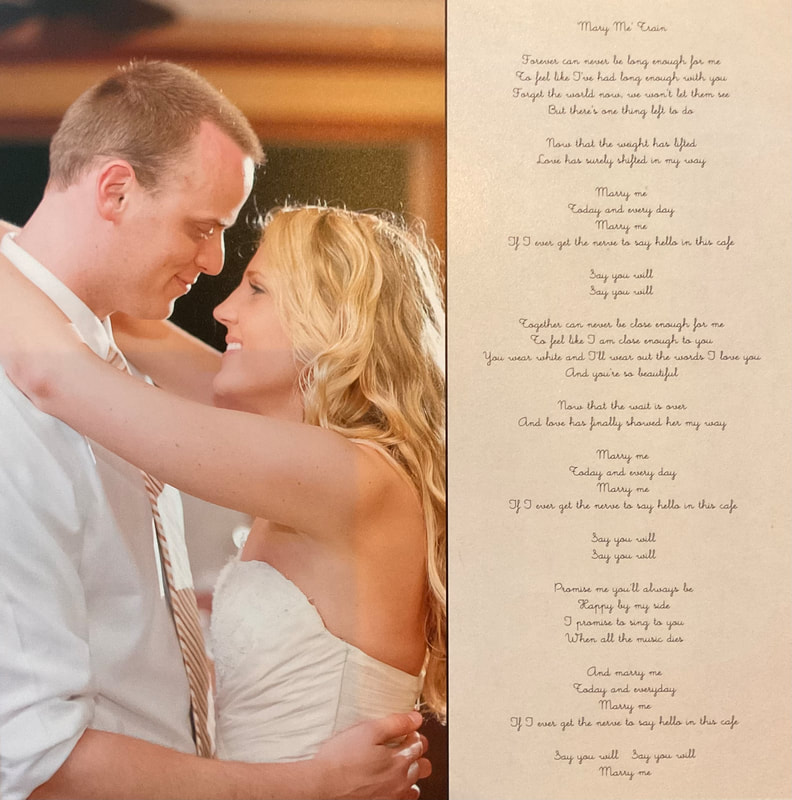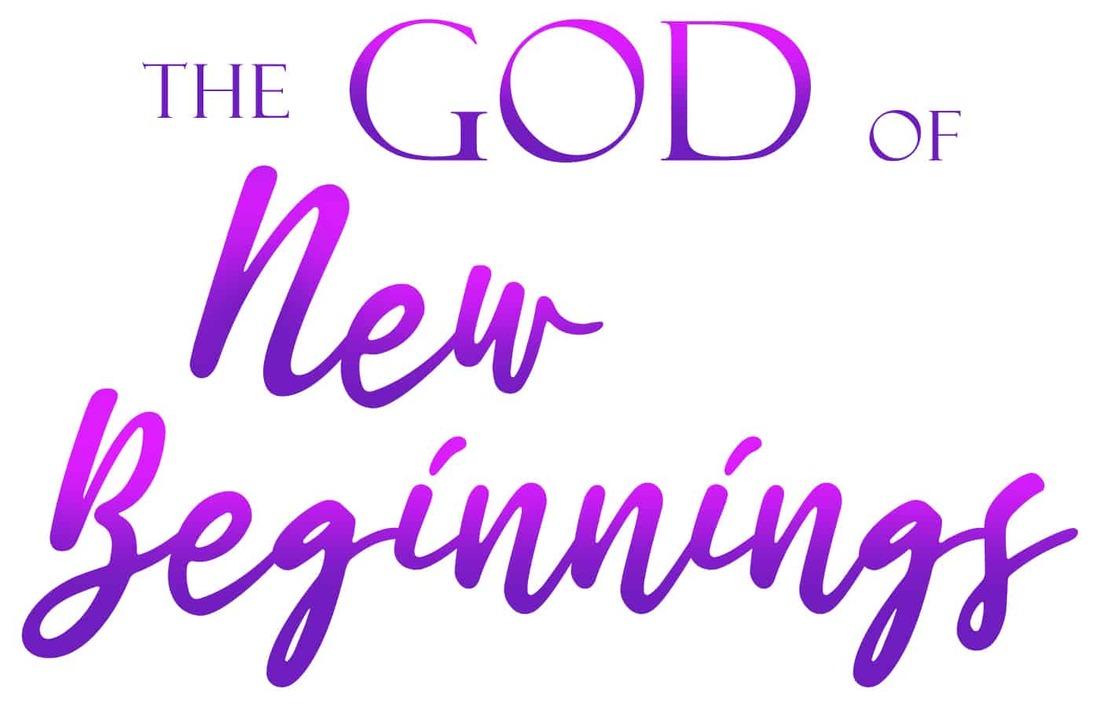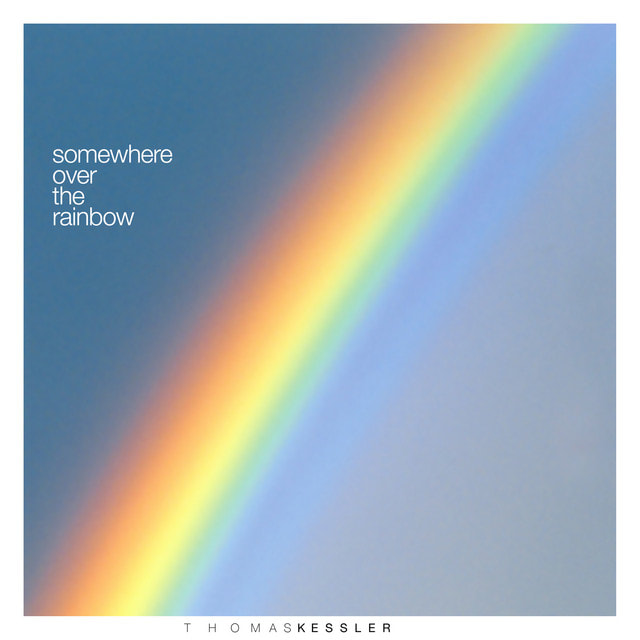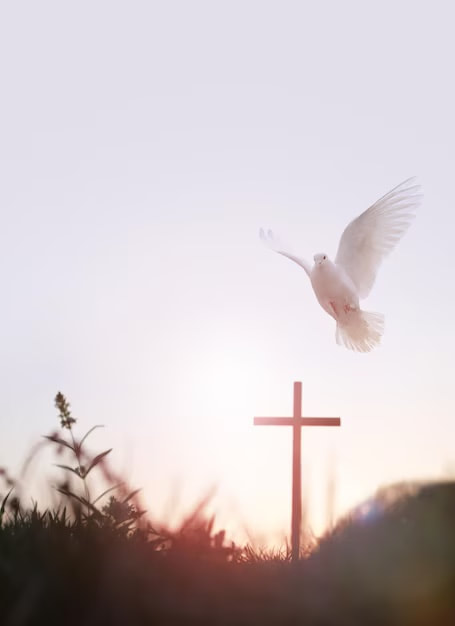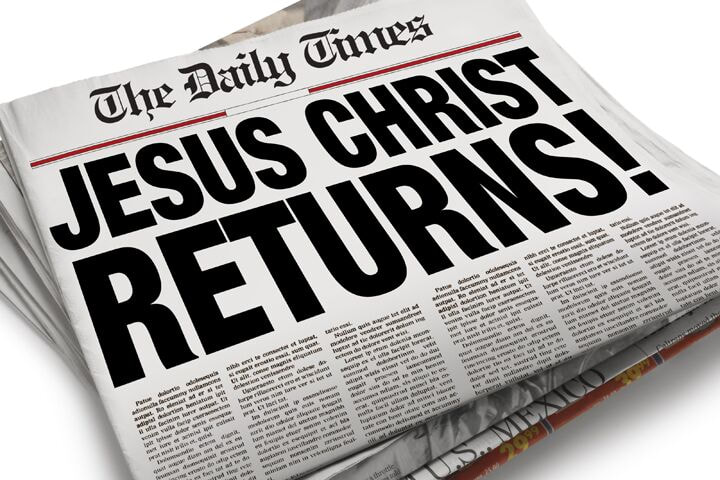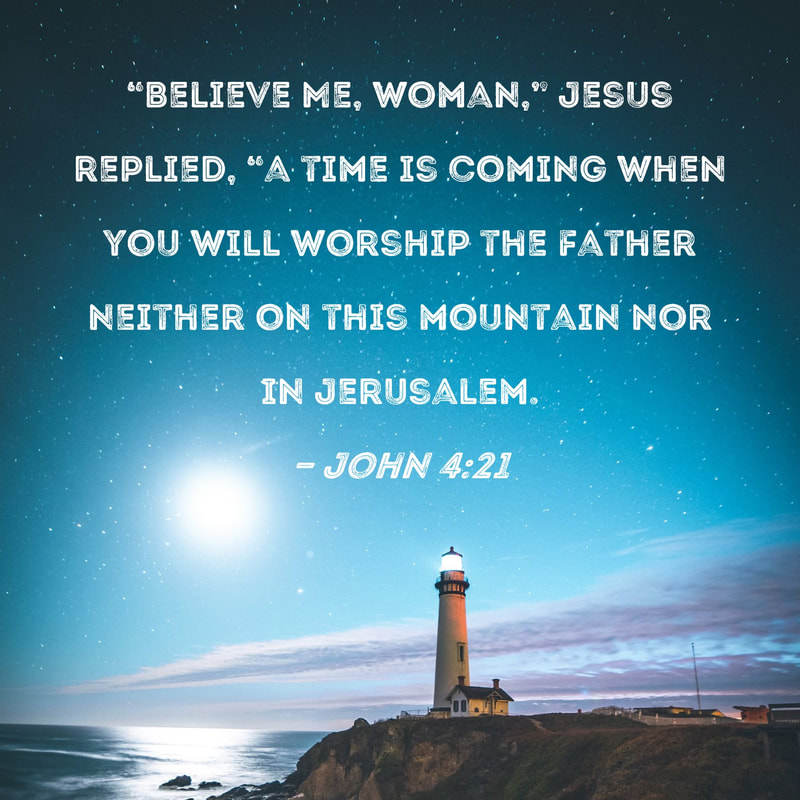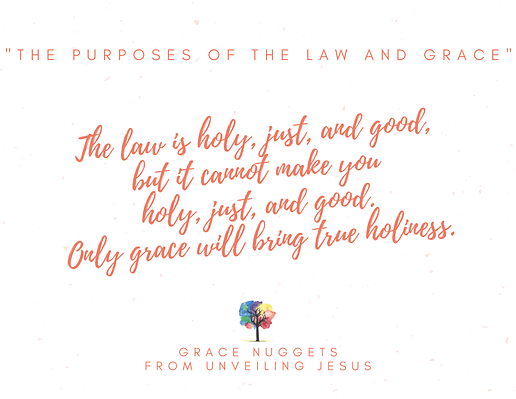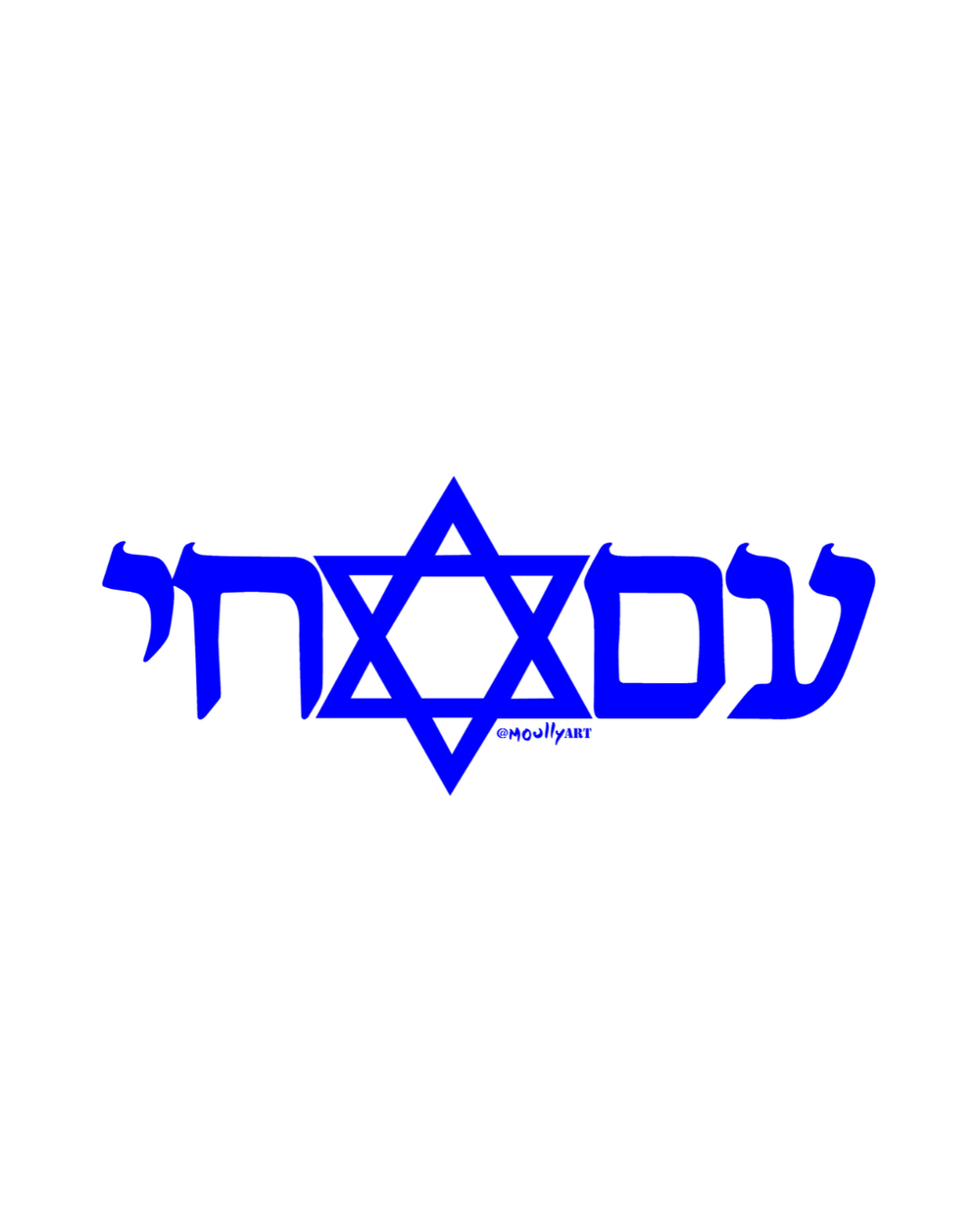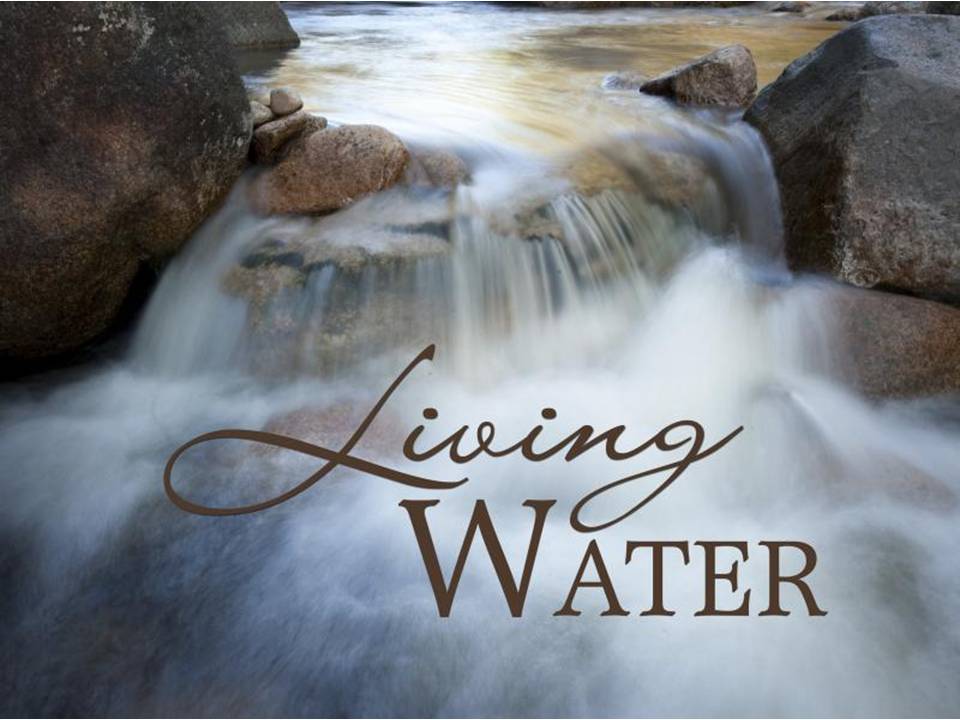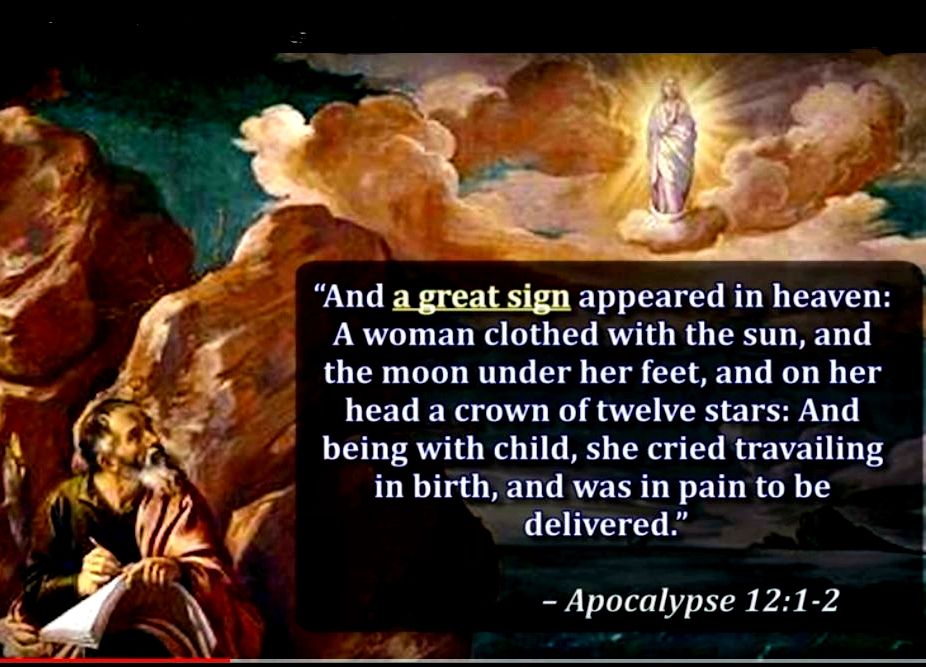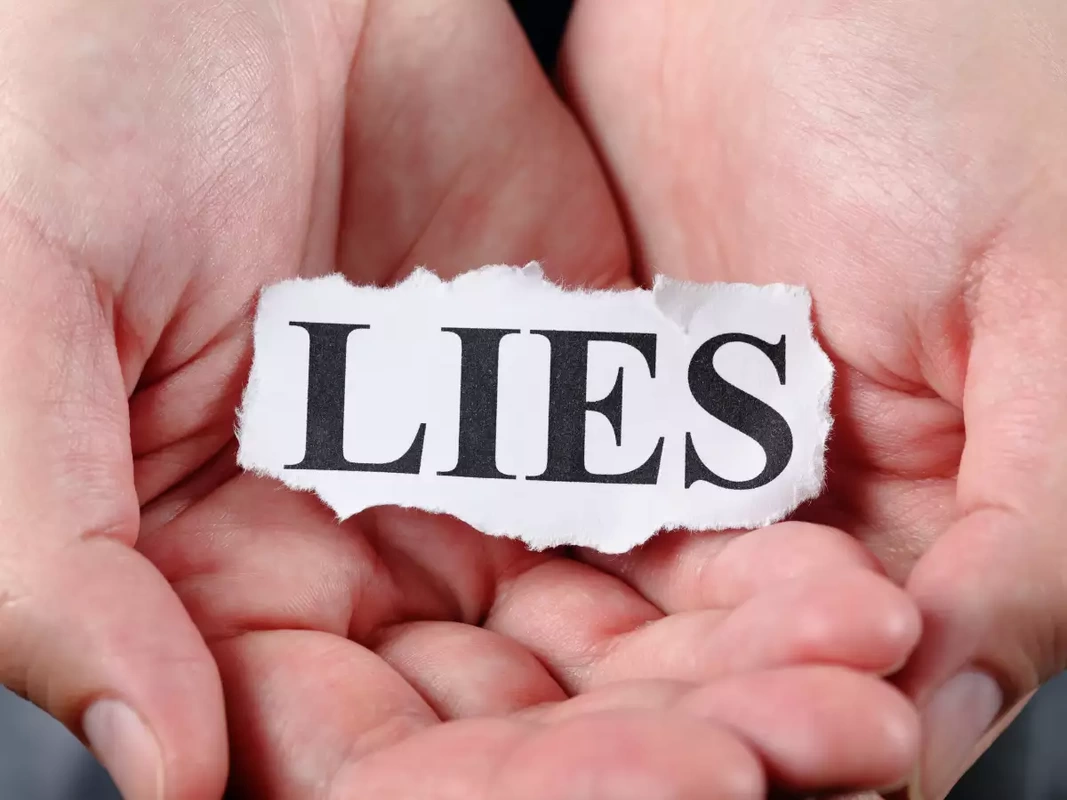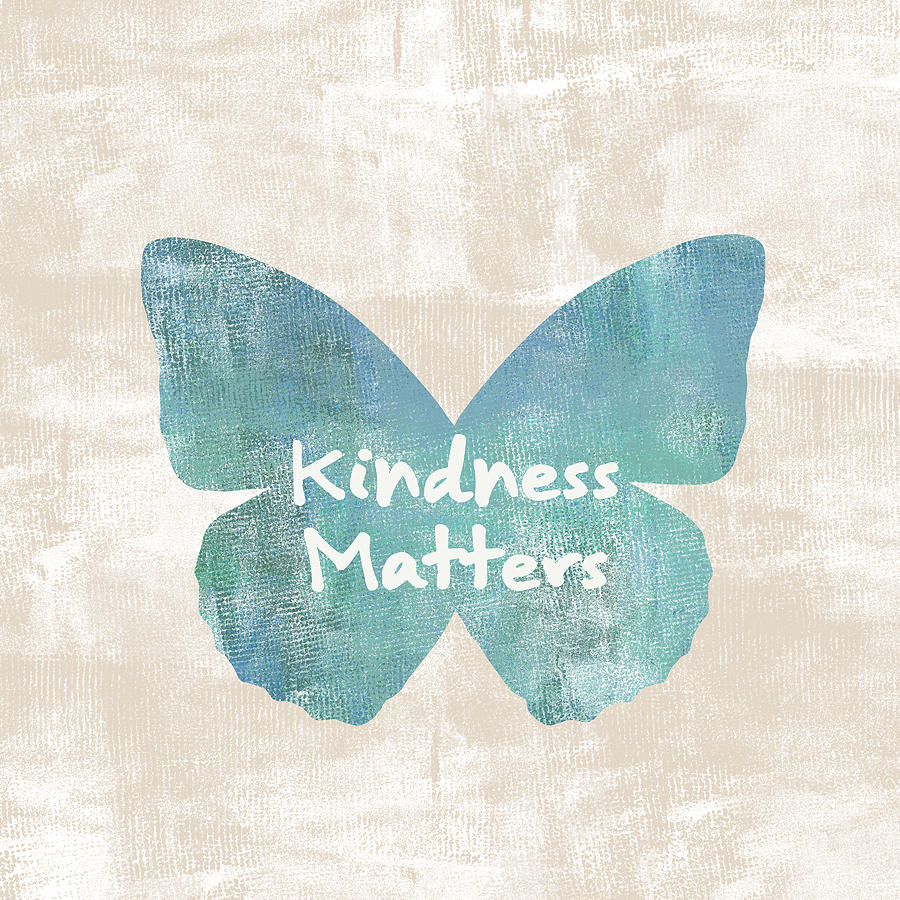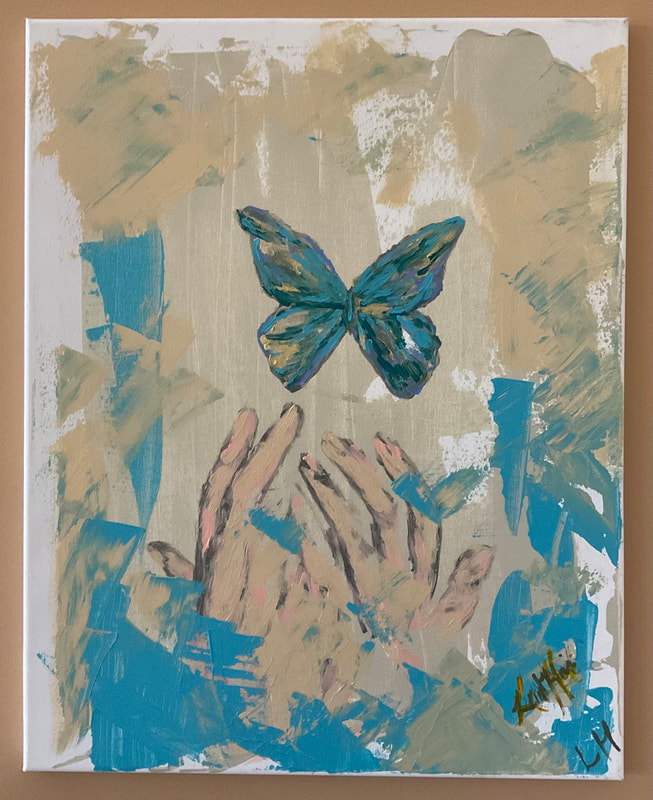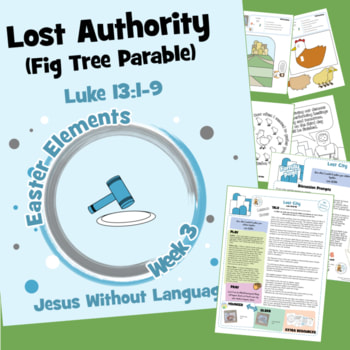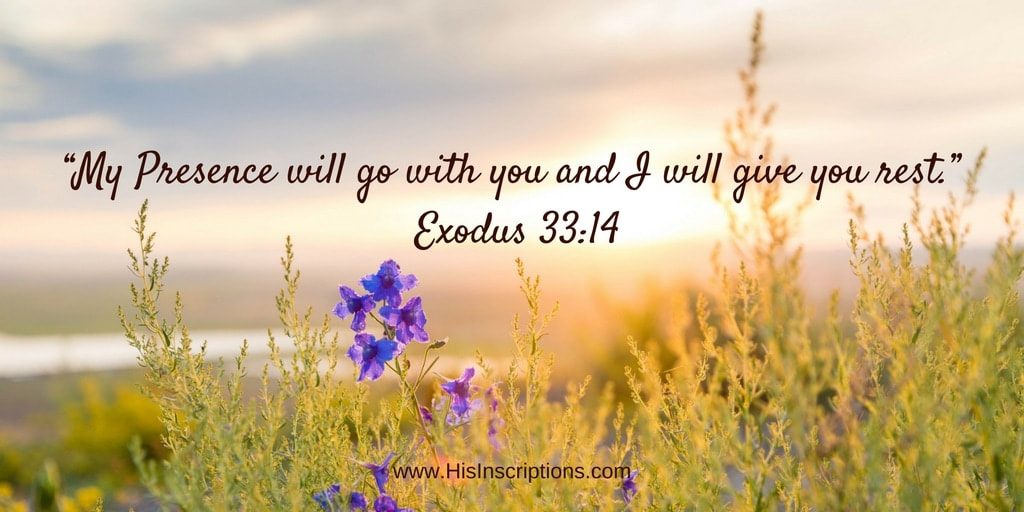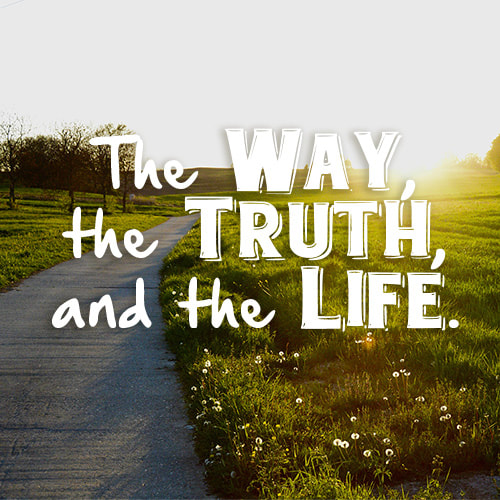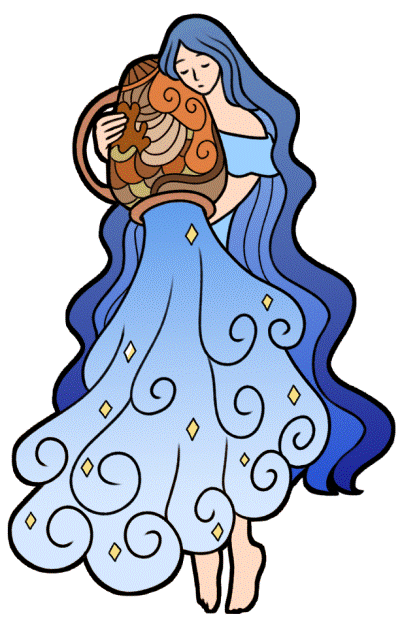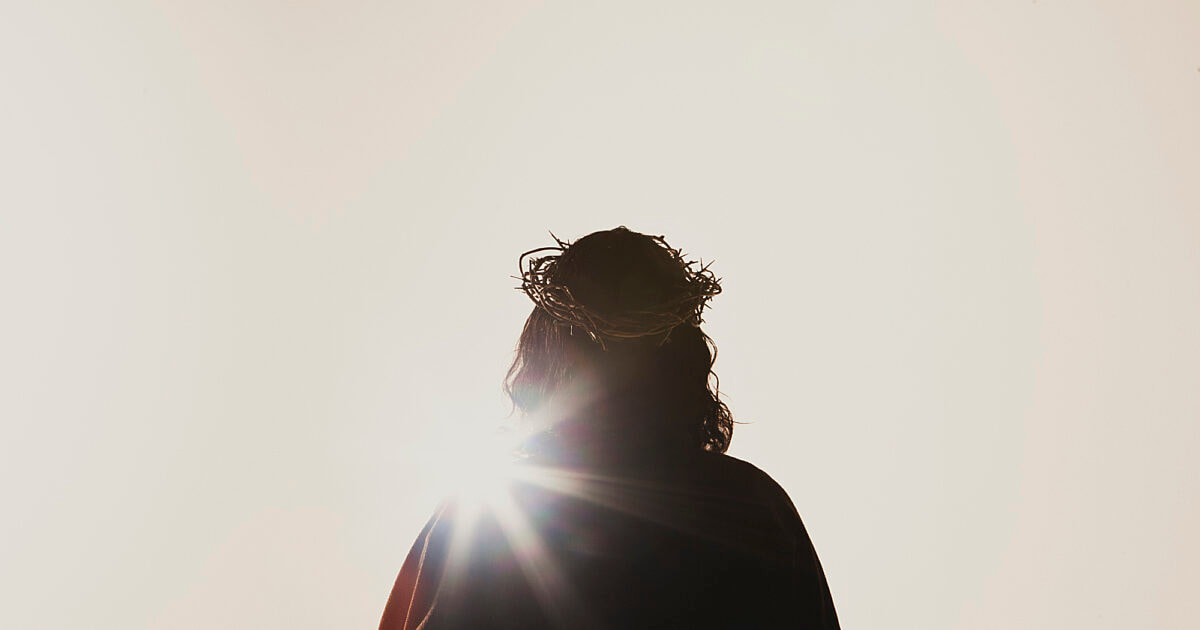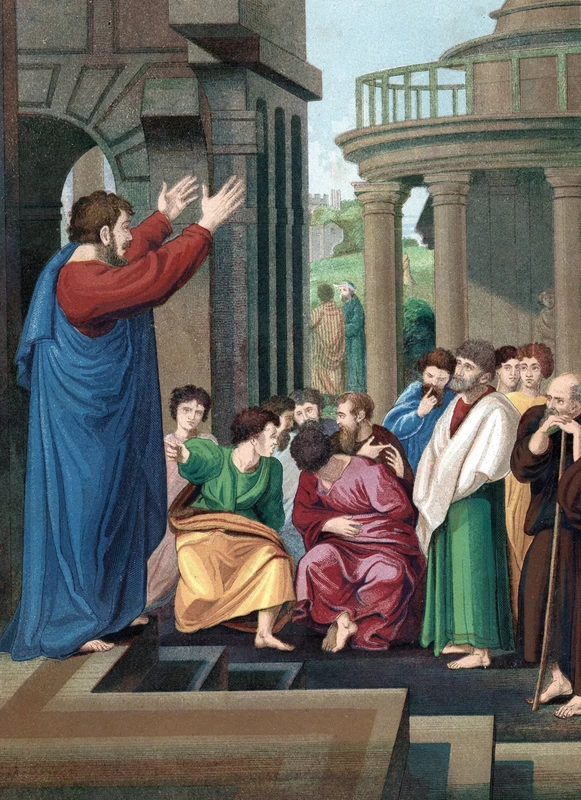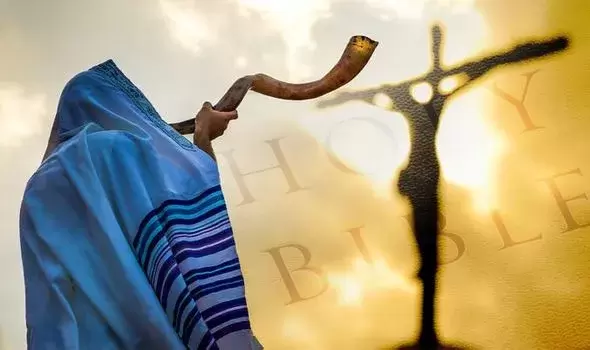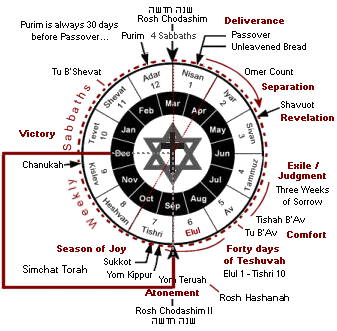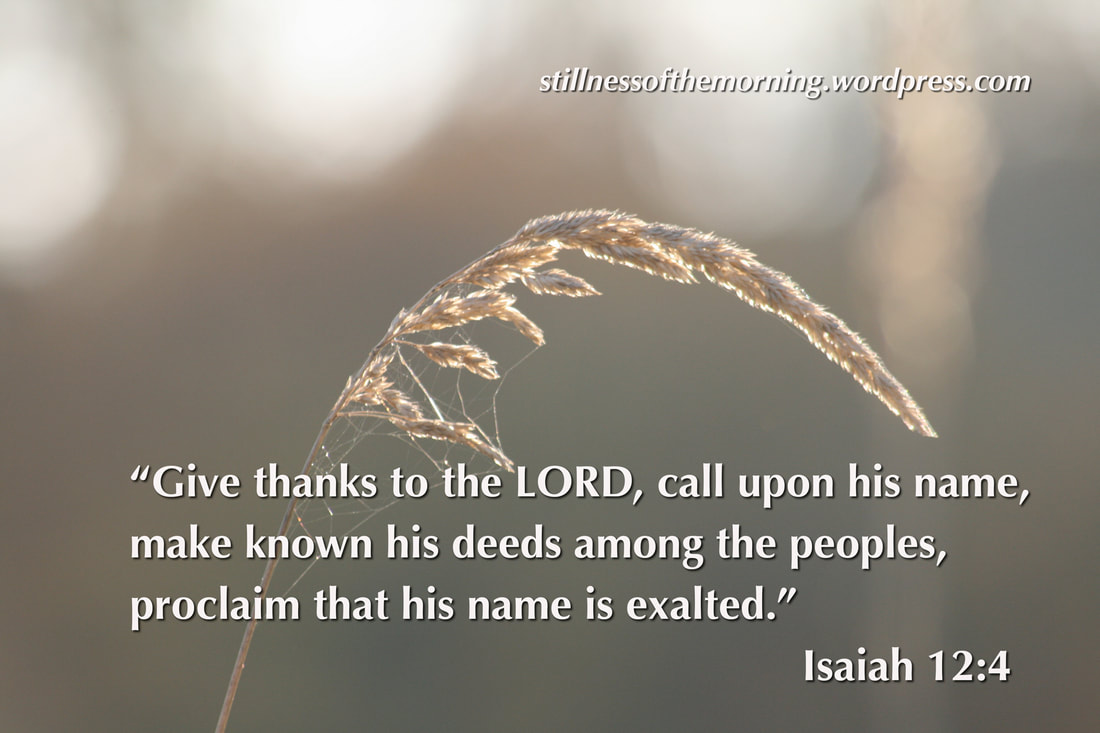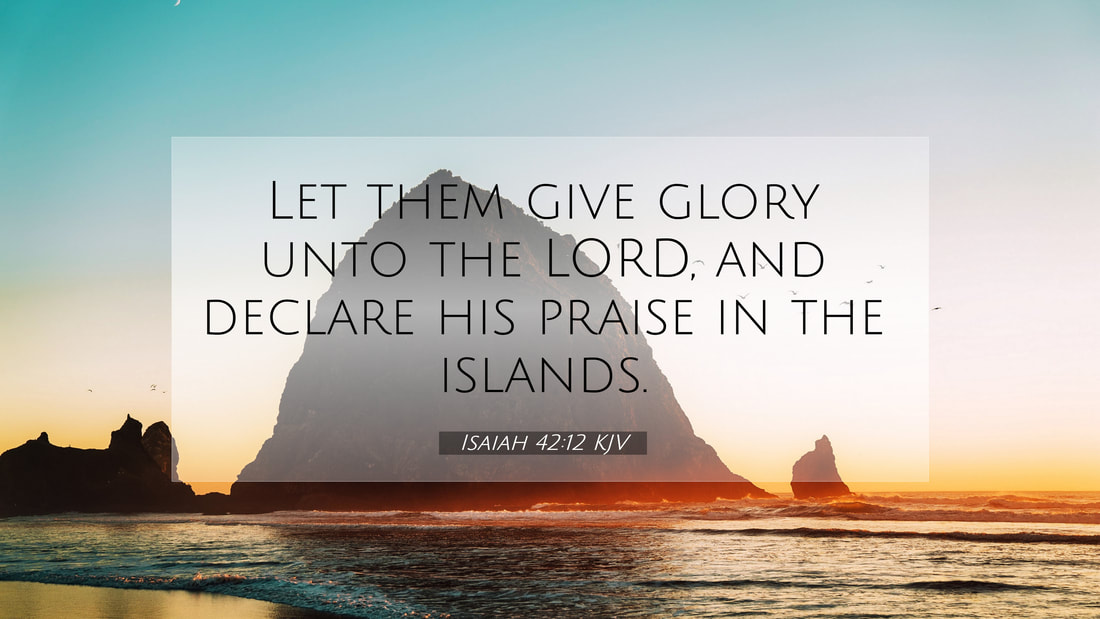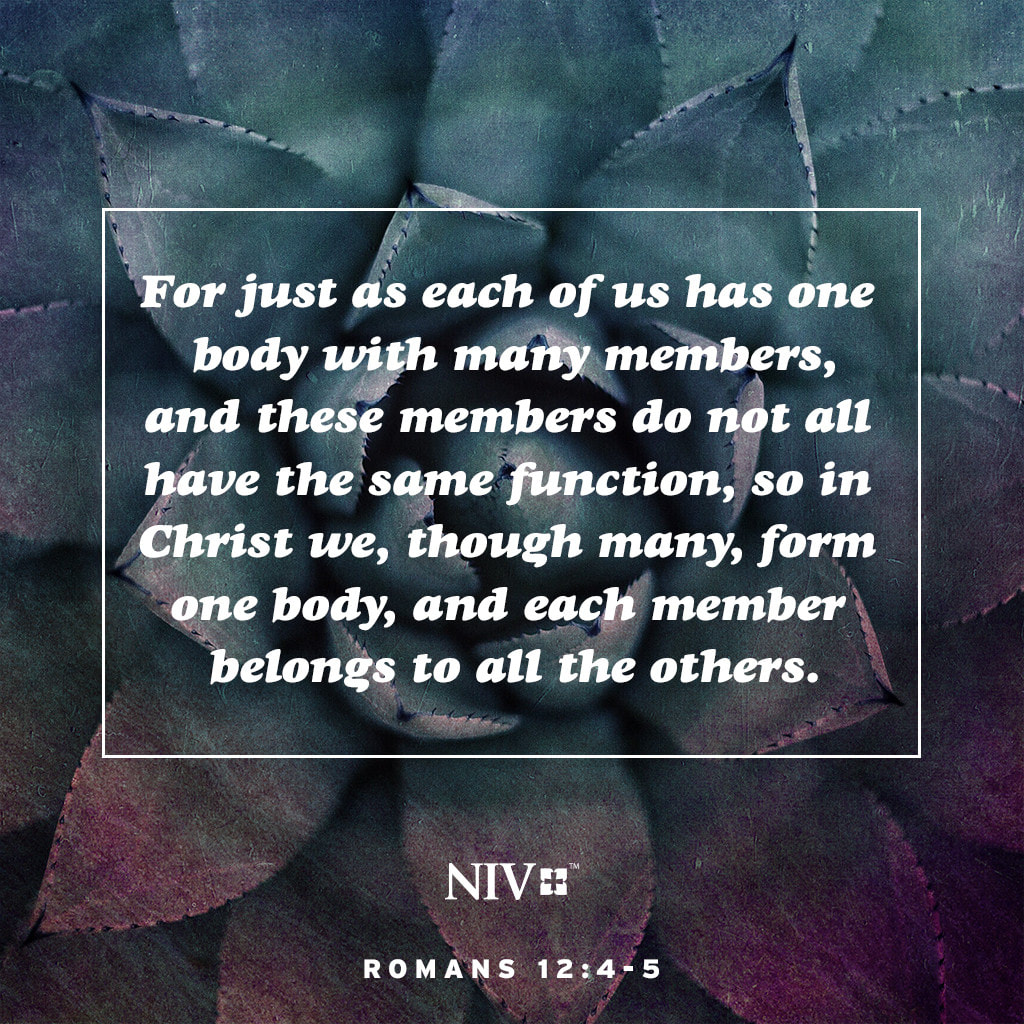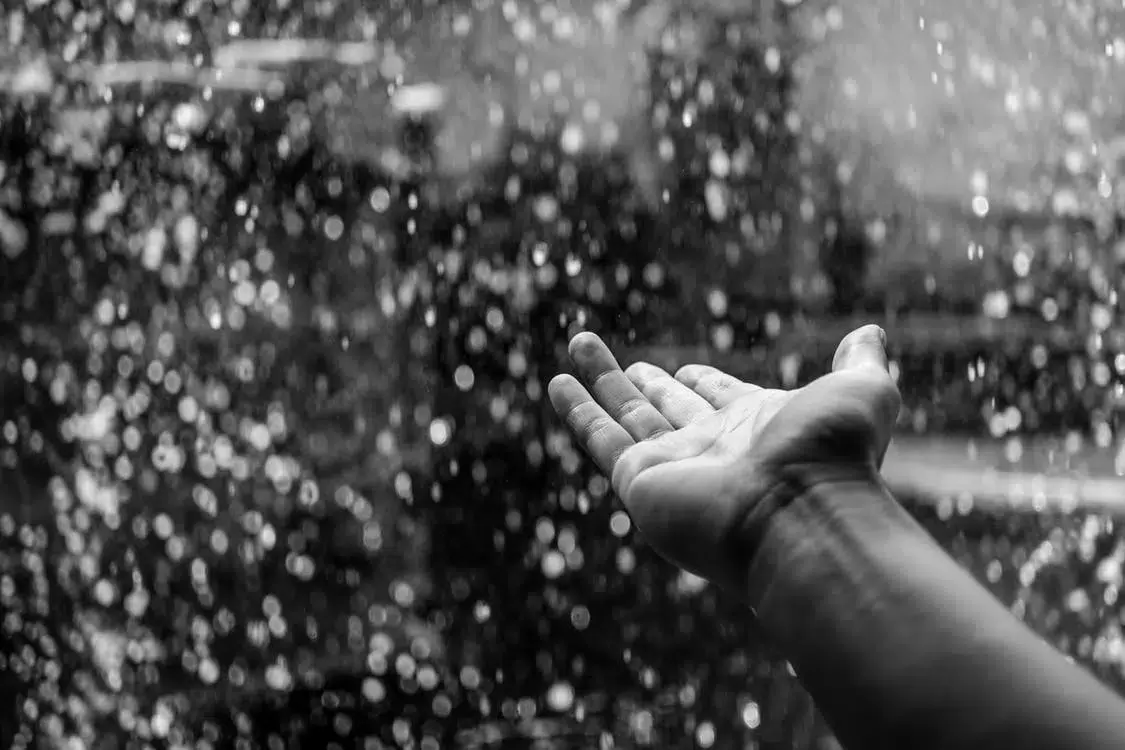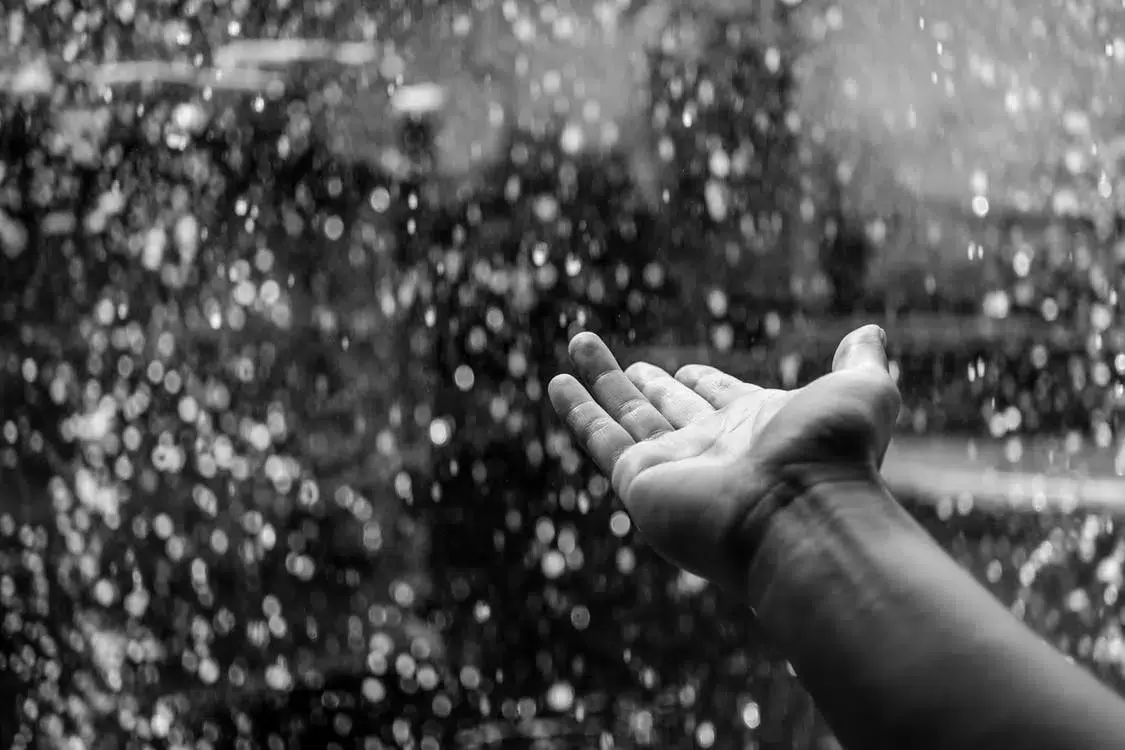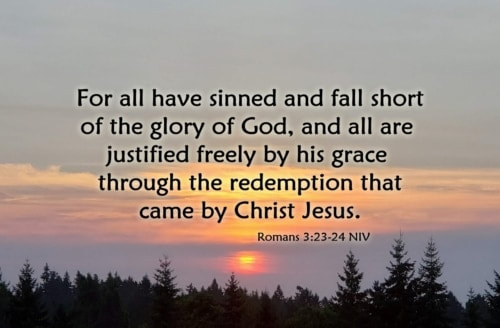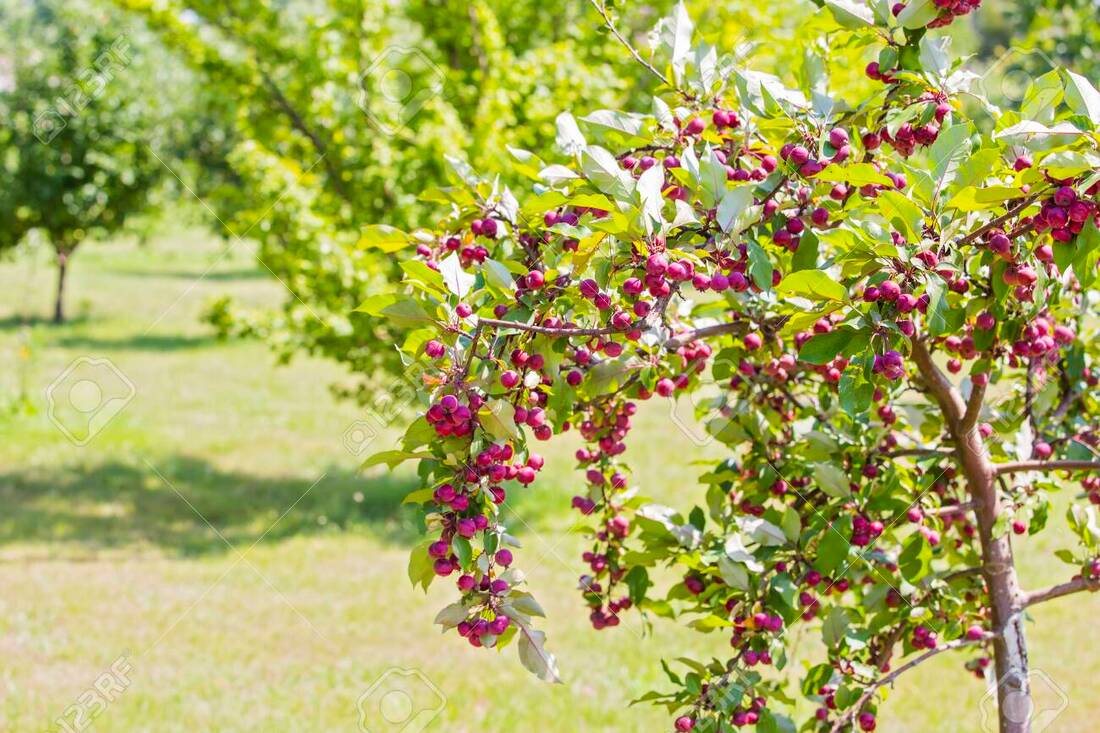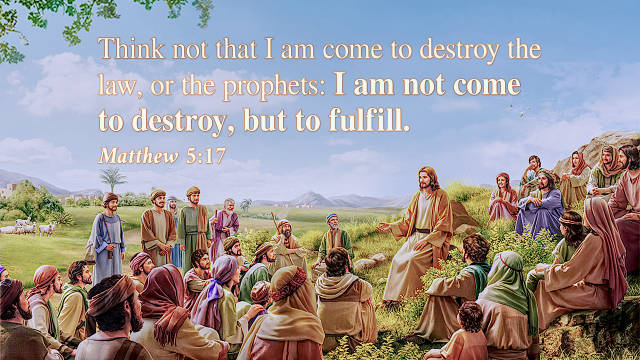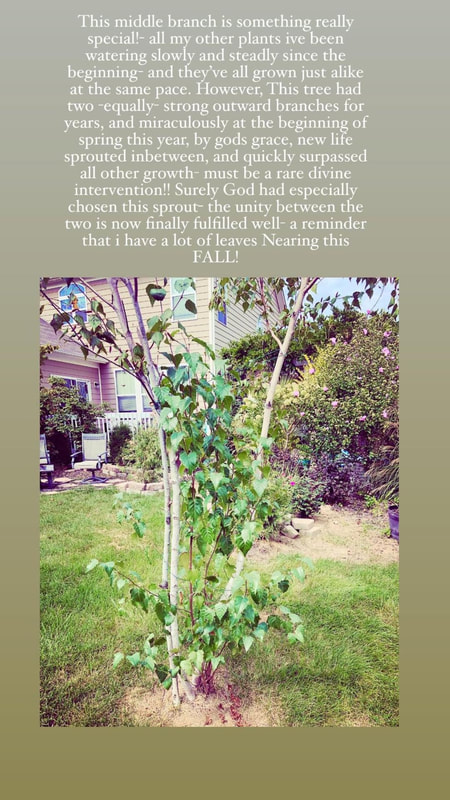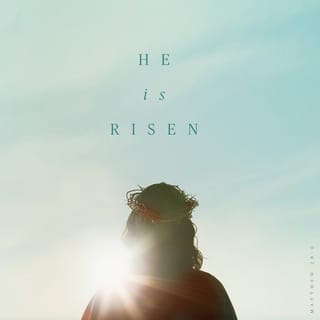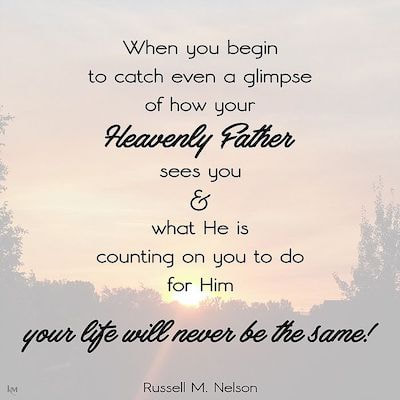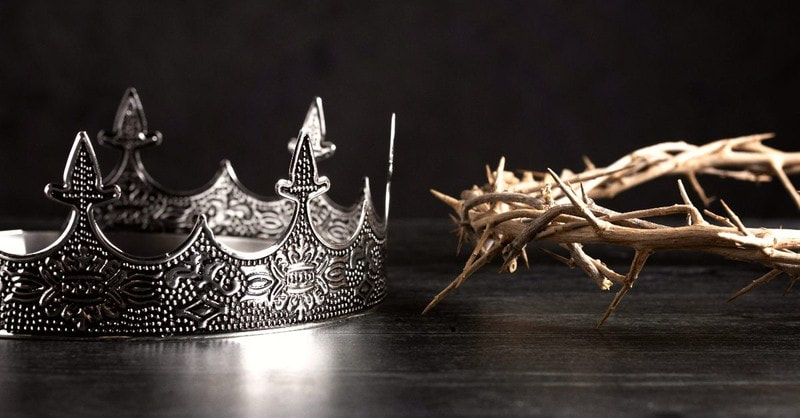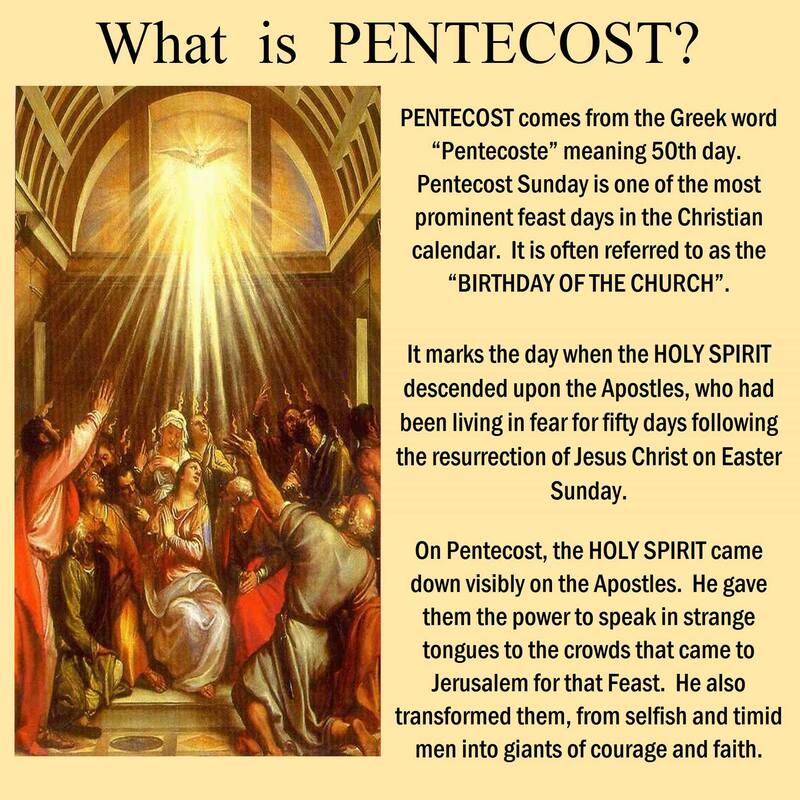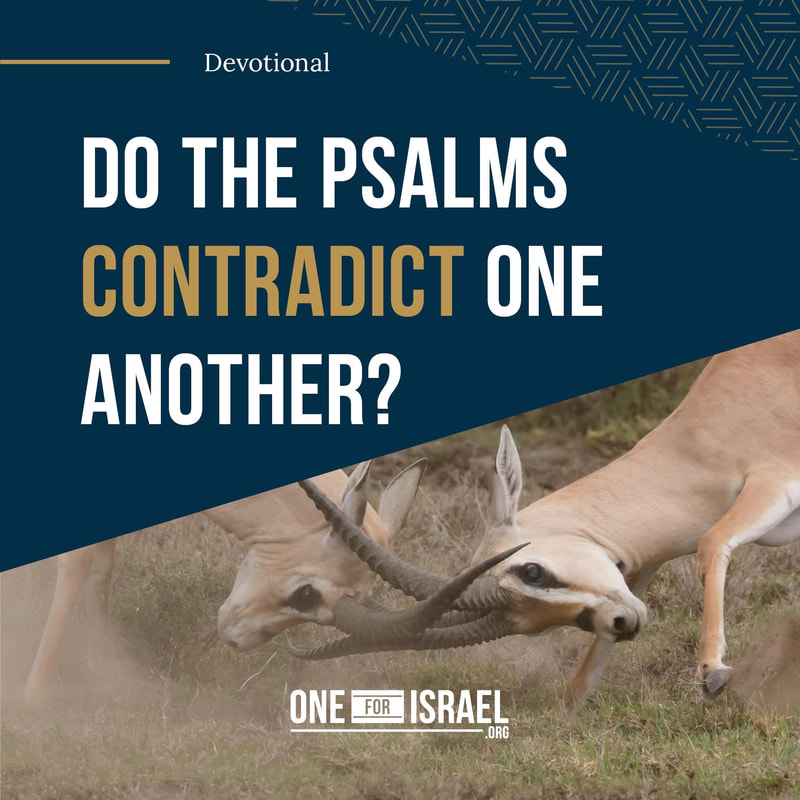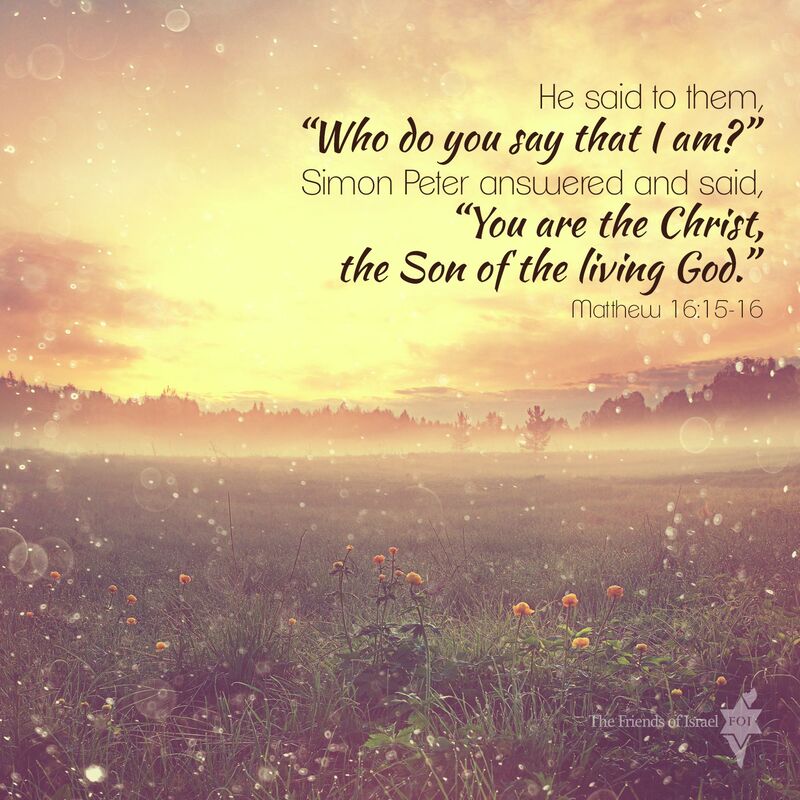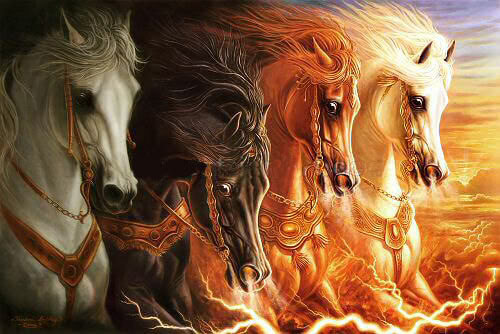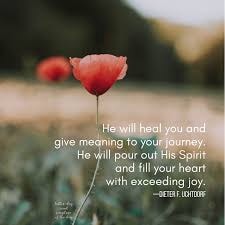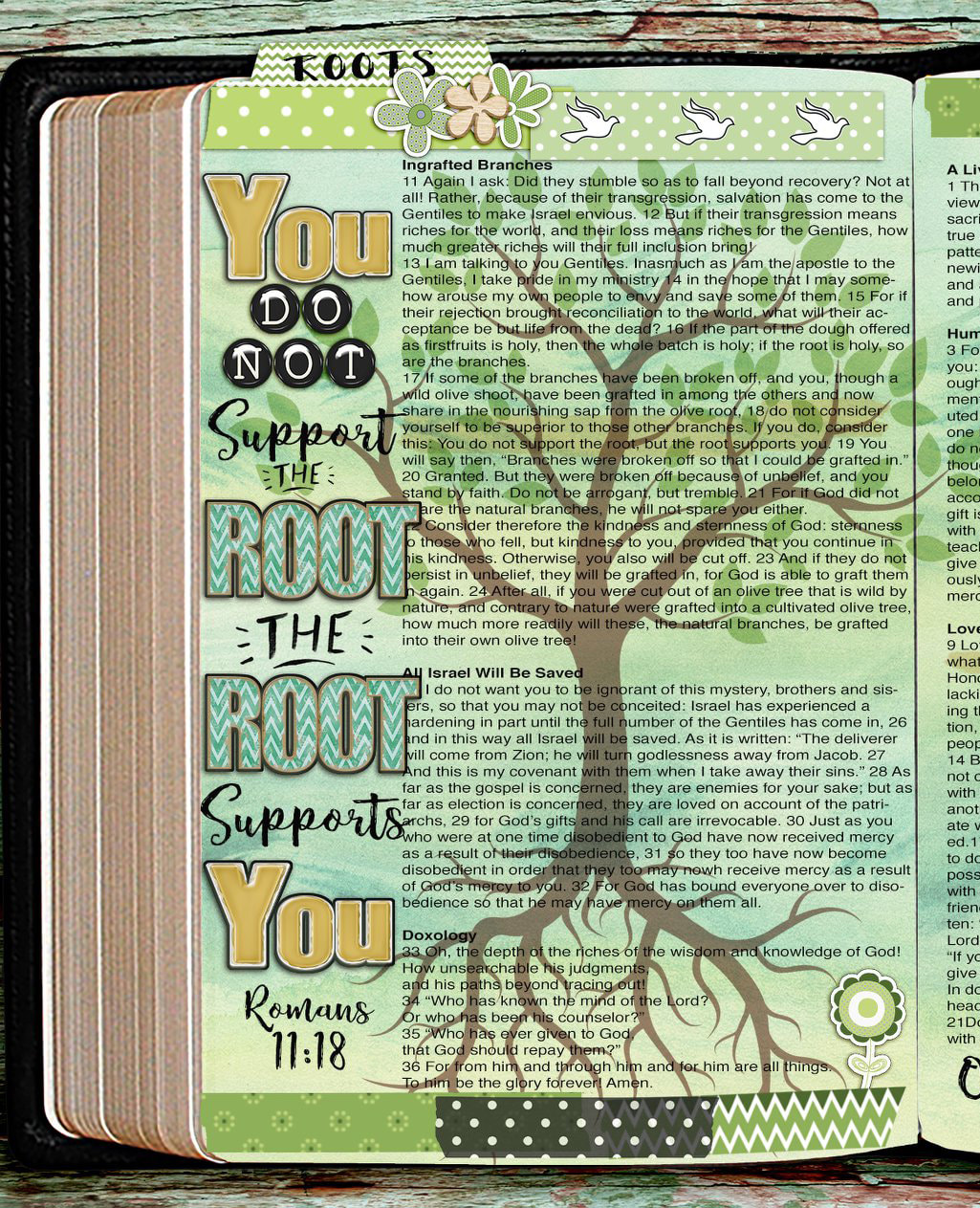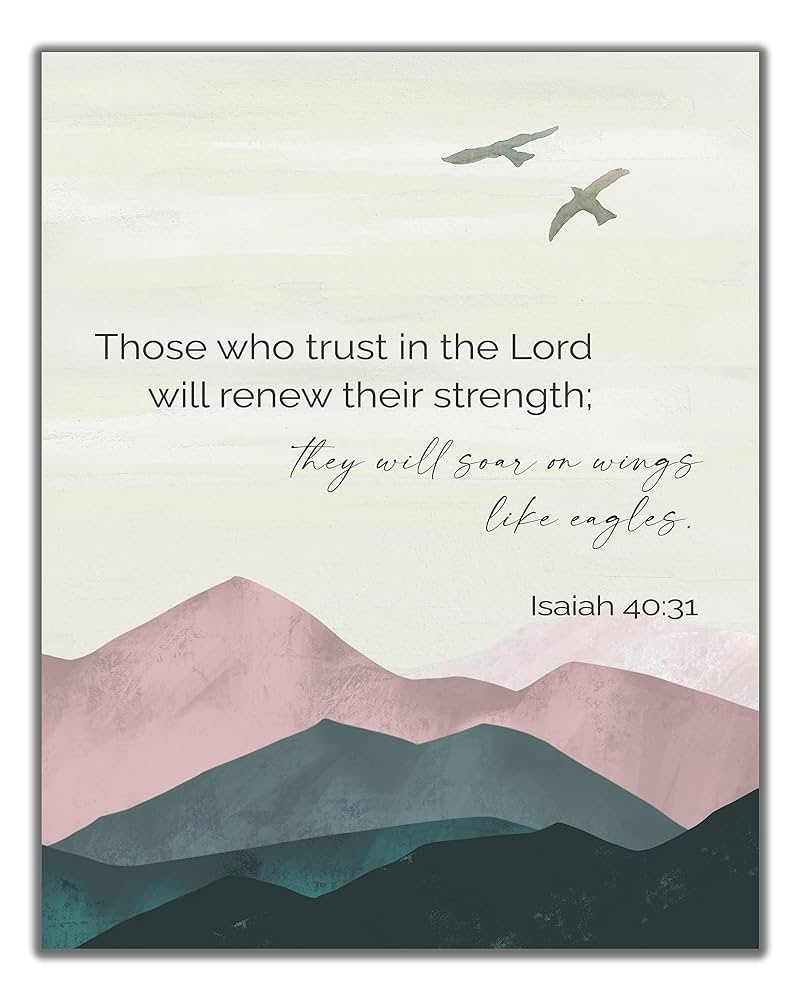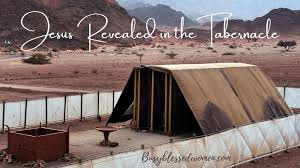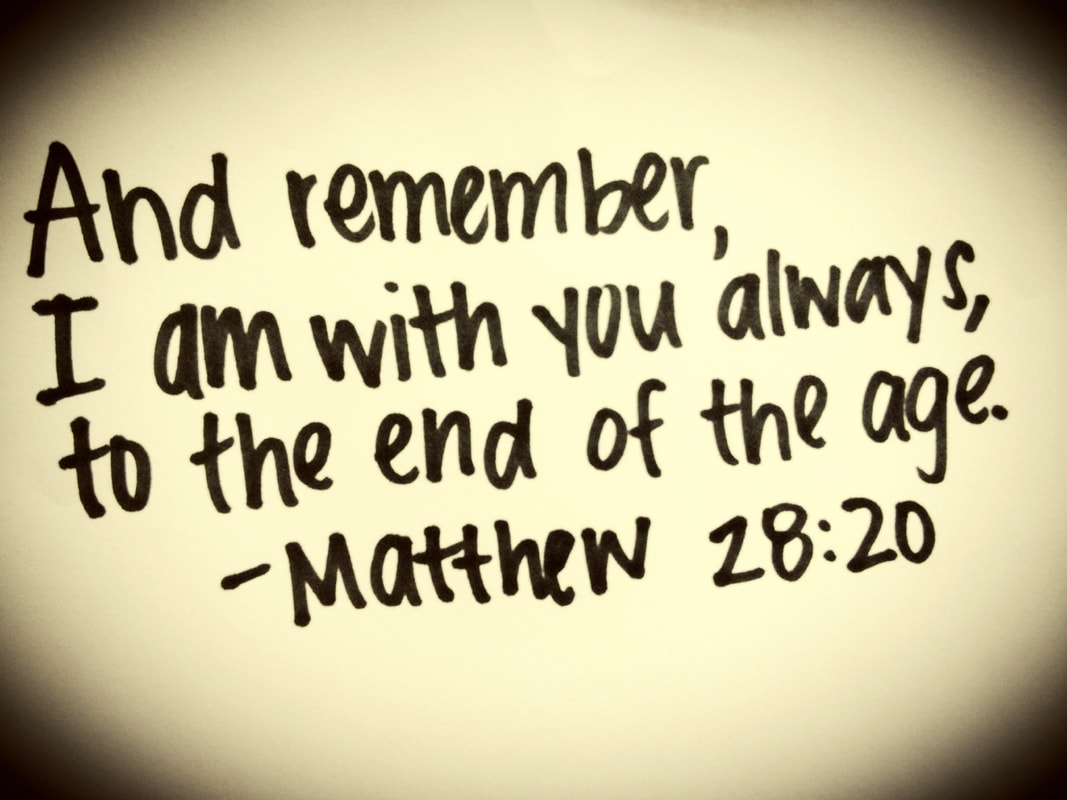Psalm 23 is a beautiful poem
that uses the image of
God as shepherd
The 23rd Psalm was written by King David.
This Psalm is part of a trilogy.
Psalm 22 is called a Messianic Psalm.
It speaks of Jesus suffering and death (Psalm 22:1).
In the 23rd Psalm,
Jesus is the Good Shepherd or as David says,
“My shepherd” (Psalm 23:1) and in
Psalm 24, Jesus is the “King of Glory”
(Psalm 24:10).
The 22nd Psalm reviews the past;
the 23rd is the present and the
24th looks to the future.
Now that is the order in which God ministers to us.
Jesus died first so that we would have a Savior to redeem us from our sins.
We discover that He is our Savior, Lord, and
Good Shepherd,
and then some day we will reign with our
King of Glory.
The 23rd Psalm is special to Christians because
it paints a picture
of our relationship with Him.
If we are not Christians, He is not our shepherd.
David, who penned this
psalm,
had been a shepherd himself
and understood the parallel between
the task of
a shepherd caring for his sheep and of God
caring for His people.
Sheep are totally dependent on the shepherd
for food, water, leadership, and guidance
as they move from place to place, just as we are dependent
upon God for all that we need.
Sheep depend on the shepherd for protection
from a
wide range of predators and dangers,
just as
we look to God as our Protector and Defender.
In the New Testament,
Jesus reveals Himself to be the Good Shepherd of His people
(John 10:11, 14),
fulfilling
the Old Testament prophecy that God would
come to shepherd His people
(Ezekiel 34:7–16, 23).
Psalm 23:4, addressing the Lord Shepherd,
says, “Your rod and your staff, they comfort me.”
David bases this description on the practices of shepherds in his day.
Shepherds of the time commonly carried a rod and
staff as essential to their work.
The rod mentioned in Psalm 23 is a
symbol of the Lord’s strength and protection.
The rod was a sturdy wooden stick used as a weapon to fight off wild animals who might have hoped to make an easy meal out of an otherwise defenseless flock of sheep.
The shepherd also used the rod to help him keep count
of the sheep within the flock (as alluded to in Leviticus 27:32).
Young David recounted an incident to King Saul in which he probably used his shepherd’s rod: “Your servant has been keeping his father’s sheep.
When a lion or a bear came and carried off a sheep from the flock,
I went after it, struck it and rescued the sheep from its mouth.
When it turned on me, I seized it by its hair, struck it and killed it”
(1 Samuel 17:34–35).
The staff mentioned in Psalm 23 is a symbol of the Lord’s guidance and lovingkindness. The staff was a long, slender stick, often hooked at the tip, used primarily to direct the flock. Sheep are notorious wanderers, and once away from the shepherd’s watchful eye, they get into all sorts of trouble (Matthew 18:12–14).
The shepherd used his staff to keep his sheep out of danger and close to himself. If a sheep became trapped in a precarious position,
the shepherd would loop the curved end of the staff around the neck of the sheep and retrieve it back to safety.
W. Philip Keller, in his book A Shepherd Looks at
Psalm 23,
comments on the
uniqueness of the shepherd’s staff:
“In a sense, the staff, more than any other item of his personal equipment,
identifies the shepherd as a shepherd.
No one in any other profession carries a shepherd’s staff.
It is uniquely an instrument used for the care and management of sheep—and only sheep. It will not do for cattle, horses or hogs. It is designed, shaped and adapted especially to the needs of sheep” (from chapter 8).
Together, the rod and staff of Psalm 23 paint a picture of the divine Shepherd who wields them. He is strong, competent, and trustworthy; He is present with His sheep, able to defend them and watch over them through all the dangers they face.
Knowing that we have such a Shepherd who is ready to
protect us from danger, keep us close, and rescue us
when we go astray
truly is a great comfort to us, the sheep.
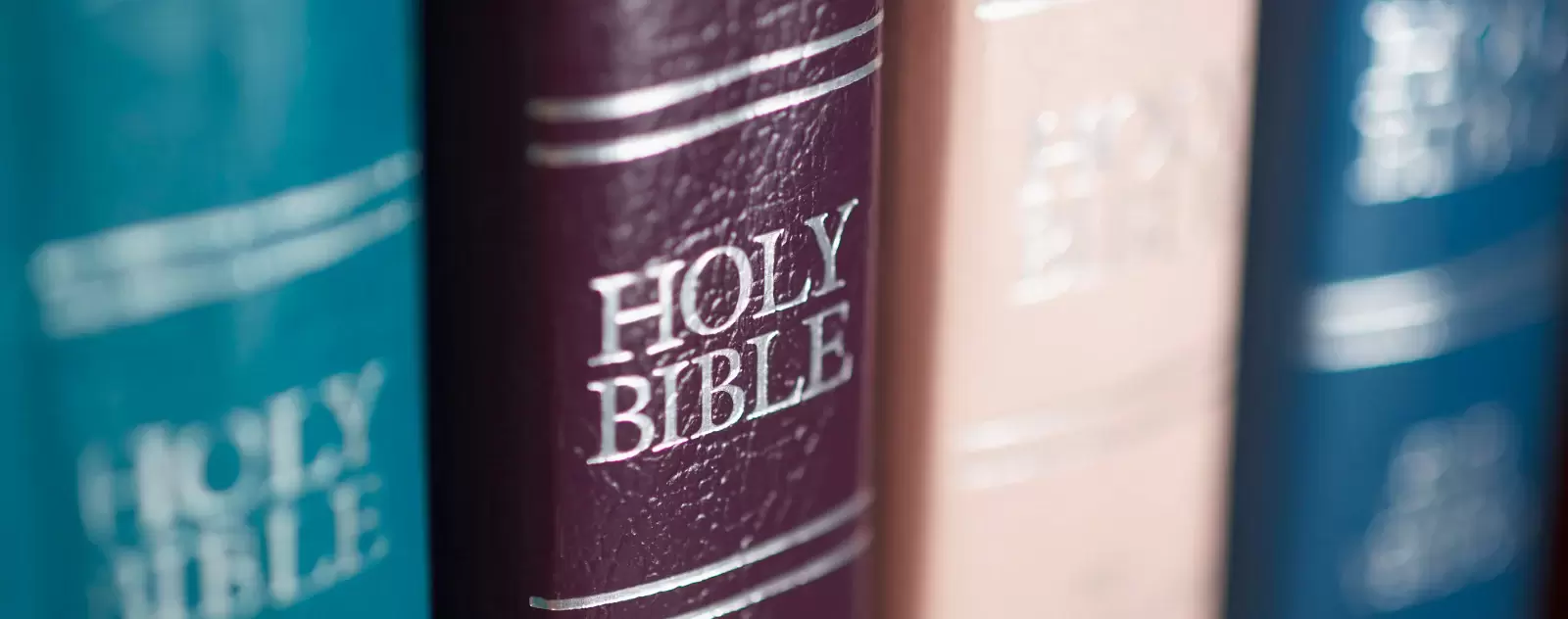
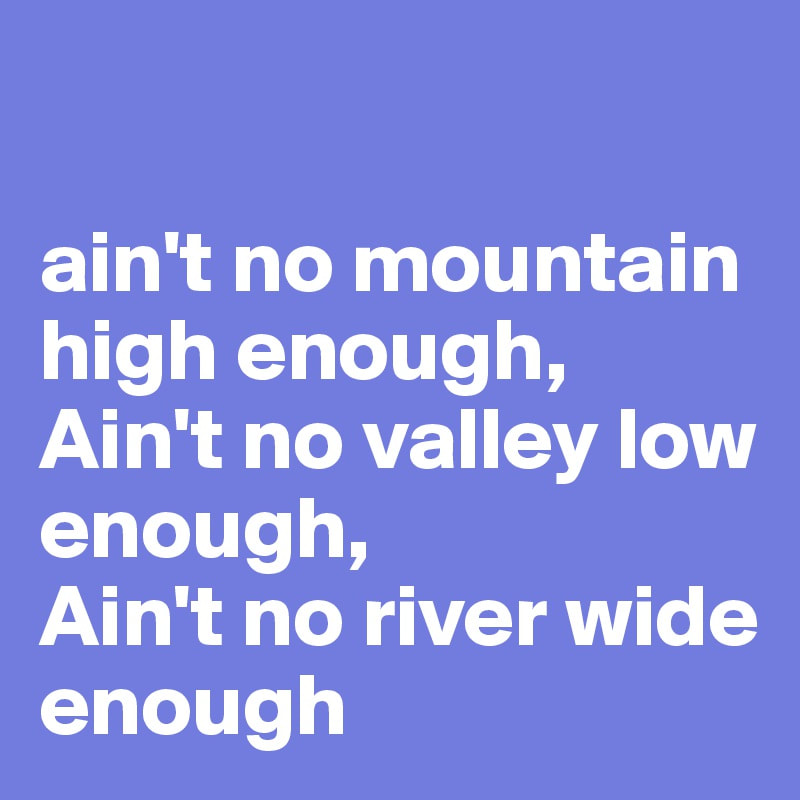

 RSS Feed
RSS Feed

